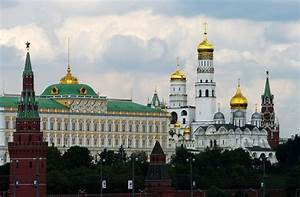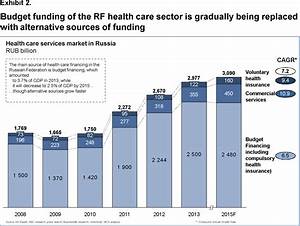
What Is The Capital City Of Russia?
There are many differences in Russian cities compared to the capital cities of former USSR countries. The statistics regarding the population of the capital city of Russia are used by many scholars, politicians and business people in Russia. The former Soviet Union has a lot of similarities to the Russian government that was founded in 1917.
Before the collapse of the Soviet Union, many people considered the city of Moscow as the capital of Russia. However, many Russians hold the position that the city of Moscow has been transformed into a much smaller and less populated city. Of course, the city of Moscow is not the only city in Russia. There are many former Soviet republics that have small cities that are similar to the former Russian capital.
While Russia is much smaller than former Soviet states such as Kazakhstan or Turkmenistan, there are still many similarities. Most former Soviet republics and Russia also had the capital city in their name. However, some former Soviet republics do not even have a capital city.
One of the largest differences between Russia and former USSR countries is the level of education and literacy. Many people in Russia can’t read or write well because of poor education and literacy rates. This is one of the biggest differences between Russia and former USSR countries. There is no difference in the level of education and literacy levels between Russia and the former Soviet republics.
A key factor in choosing the capital city of Russia has to do with religion. The term “Catholic” is used in Russian, while it is the term used in the former Soviet republics. Moscow is often considered to be the capital of the Russian Orthodox Church. Most Russian Orthodox Churches in Russia has their own large religious community.
Another factor in choosing the capital city of Russia has to do with ethnicity. It is common to see Russian-speaking people in the republics of Russia and sometimes Russia, as well. These individuals are usually very wealthy.
In the city of St. Petersburg, there are many Russian-speaking residents. The majority of these people live in the suburbs of the city, especially along the northern side of the city. Many of the Russian-speaking residents of St. Petersburg live in apartment buildings or small villas along the beaches of Saint Petersburg.
In contrast, the capital city of Russia, Moscow, is much larger than any of the other Russian cities. Despite the fact that Moscow has the same amount of people as St. Petersburg, many of the residents of St. Petersburg commute to work in the city center. They don’t like to walk very far to their workplaces.
Perhaps the biggest difference between Russia and former USSR countries is the political structure. Russia has a centralized, one-party state. Many residents in former Soviet republics are citizens of their respective countries, but they are still considered Russian citizens by the Russian government.
Some former Soviet republics have more centralized governments and less individual rights than others. For example, in Kazakhstan, the rule of law does not exist. Many citizens in Kazakhstan are citizens of other countries.
Some former Soviet republics that are larger than Russia have their own capital cities. This is one of the differences between the size of these countries and Russia. Some of these countries, such as Moldova, may have a capital city that is larger than Russia.
Although there are many differences in the capital cities of Russia and former USSR countries, the differences are much less than some would think. The large population of Russia has more similarities than differences to the size of their current capitals.





